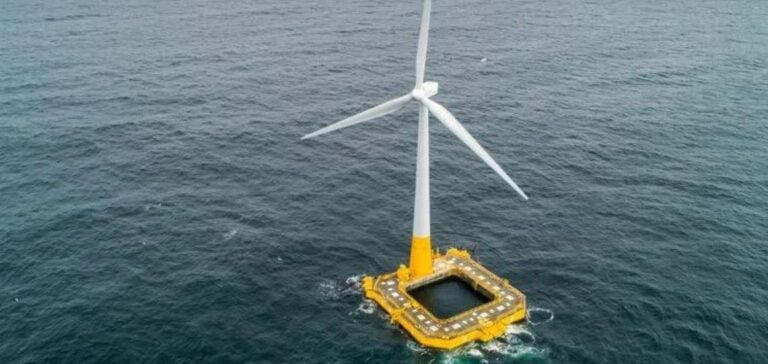The Bureau of Ocean Enegy Management (BOEM) announces the availability of its Final Environmental Assessment (Final EA) for an offshore wind energy research lease in the Gulf of Maine. According to BOEM director Elizabeth Klein, floating wind technology could make offshore wind power a reality in this region.
An innovative research project
In October 2021, theState of Maine applied for a research lease to explore floating wind energy technology and deployment. The research site, located 28 nautical miles off the coast of Maine, southeast of Portland, could accommodate up to 12 floating wind turbines capable of generating up to 144 megawatts of renewable energy. BOEM will publish a notice of availability of the final environmental assessment for this energy research lease in the Federal Register.
An in-depth analysis of environmental impacts
After considering the alternatives described and analyzed in the Final Environmental Assessment, as well as comments from the public and cooperating and advisory agencies on the preliminary assessment, BOEM concluded that the issuance of a wind research lease in the proposed area off Maine and the associated site characterization and assessment activities would not have a significant impact on the environment. Therefore, under the National Environmental Policy Act, BOEM is not required to prepare an Environmental Impact Statement to issue this offshore wind research lease.
Next steps and collaborations
Once the final assessment had been completed and significant impacts ruled out, BOEM proposed the research lease to the State of Maine. The State has 30 days to accept, reject or request modifications to the lease. Since the start of the Biden-Harris administration, the Department of the Interior has approved the country’s first eight commercial-scale offshore wind projects. BOEM has organized four offshore wind lease auctions, including sales off New York, New Jersey, the Carolinas and the first sales off the Pacific and Gulf coasts.
Future prospects and developments
BOEM is currently exploring additional opportunities for offshore wind energy development in the United States, including in the Gulf of Maine and on the U.S. mid-Atlantic coast. The Department continues to take steps to evolve its approach to offshore wind to favor union-built projects and a domestic supply chain.






















